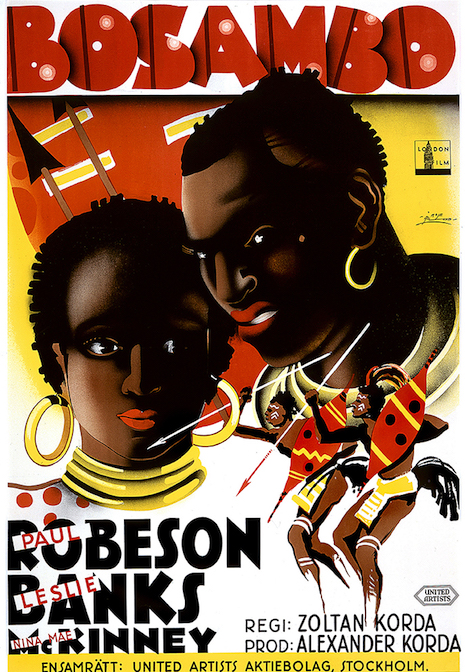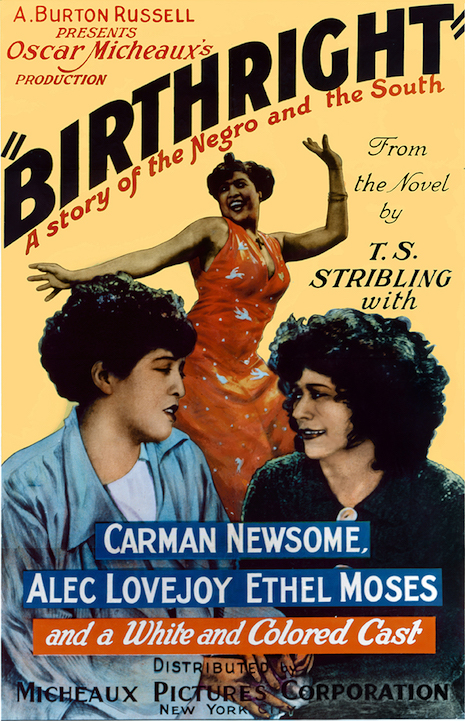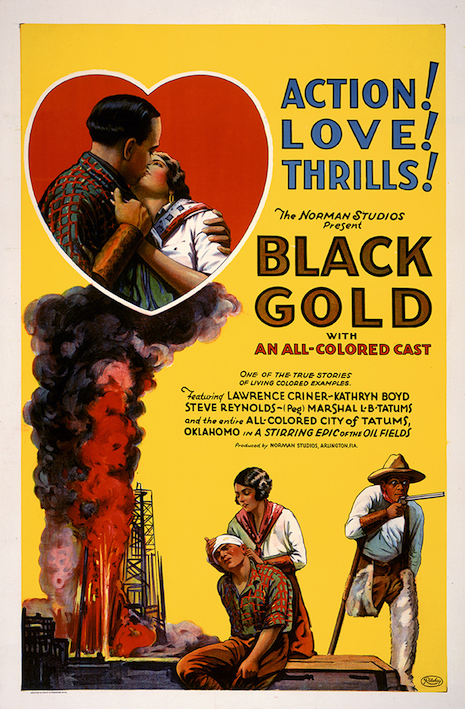Segregated America was rather unsettling and an epicentre of racial discrimination and separation. Fortunately, that dark period of the American history is over and buried in the past, however there is still evidence that can be found, that perfectly show the offending racial segregation. In the racially separated America there was also a separated cinema where the movie industry was supposed to be ‘separated but equal.”
The book Separate Cinema: The First 100 Years of Black Poster Art by John Duke Kisch; reveals beautiful imagery of the black cinema poster art of segregated America. Oscar Micheaux for the African American movie industry was the equalanet for Orson Wells in the white movie industry.
“Micheaux’s features were usually far superior to those made by other independent black studios, largely because he took a familiar Hollywood genre and gave it a distinctive African-American slant. Committed to “racial uplift,” he cast black characters in non-stereotypical roles, as farmers, oil men, explorers, professors, Broadway producers, or Secret Service agents. … He brought to the screen diverse social issues that faced black America, and also portrayed an ideal world in which blacks were affluent, educated, and cultured. In the 1930s, his films represented a radical departure from Hollywood’s portrayal of African Americans as jesters and servants.” quotes Kisch
Take a look at some of the selected posters of the segregated cinema.
Birthright, 1939
The plot evolves around a black Harvard graduate that confronts racism.
Black Gold, 1928.
A town abandons its previous ways of life for the glamour and drama of the oil drilling trade.
Bosambo, 1935
British District Officer in Nigeria in the 1930’s rules his area strictly but justly, and struggles with gun-runners and slavers with the aid of a loyal native chief.
Emperor Jones, 1933
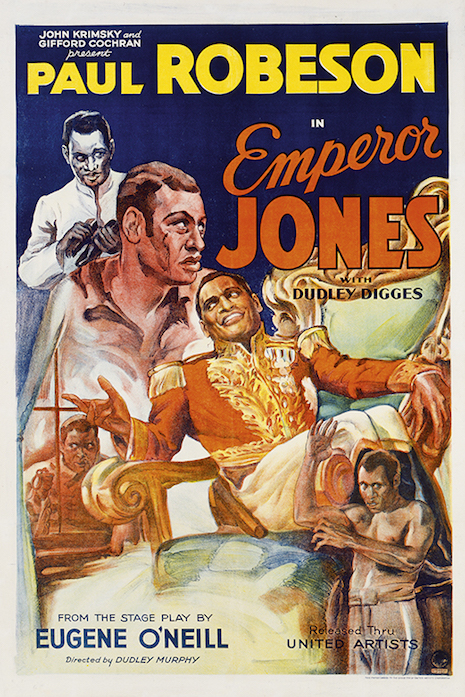
An adaptation of the Eugene O’Neill play in which a revolution leads to an ex-convict becoming king of a Caribbean island.
In Old Kentucky, 1927
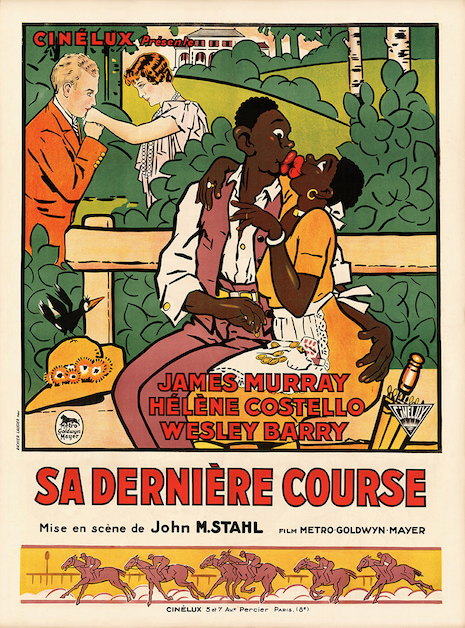
Young Brierly struggles to save his father, Major Brierly, from the clutches of alcohol after the Great War. At the same time, he prepares Major Brierly’s horse, which served bravely with the Major at the front, for the Kentucky Derby.
Murder in Harlem, 1935.
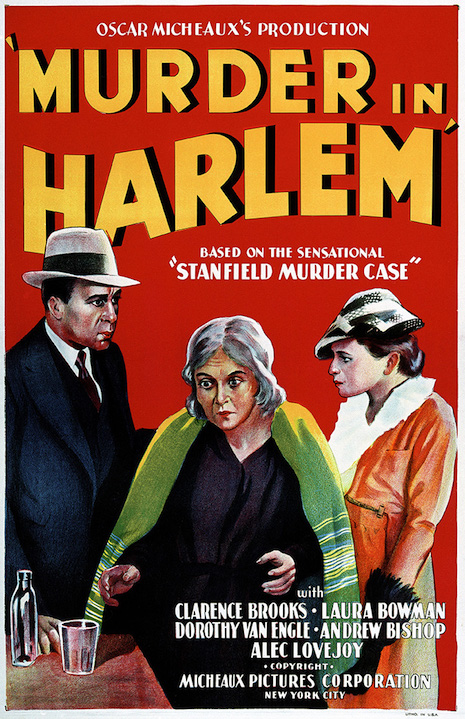
A black night watchman at a chemical factory finds the body of a murdered white woman. After he reports it, he finds himself accused of the murder.
The Bronze Buckaroo, 1938
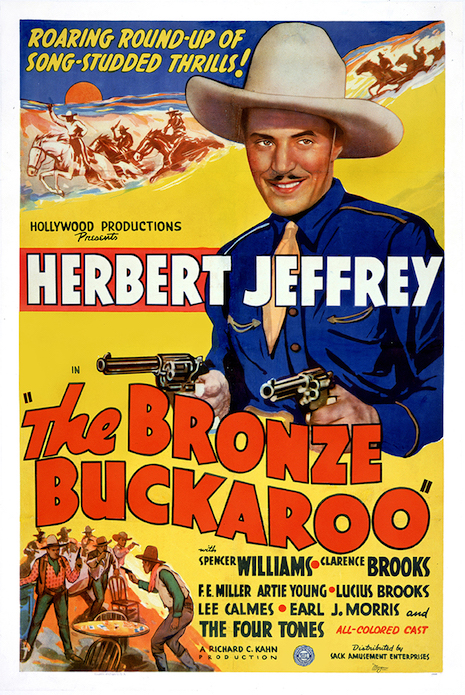
Bob Blake and his boys arrive at Joe Jackson’s ranch to find him missing. While Slim cheats Dusty out of his money using ventriloquism and marked cards, Blake tries to find Jackson.
The Crimson Skull, 1922.
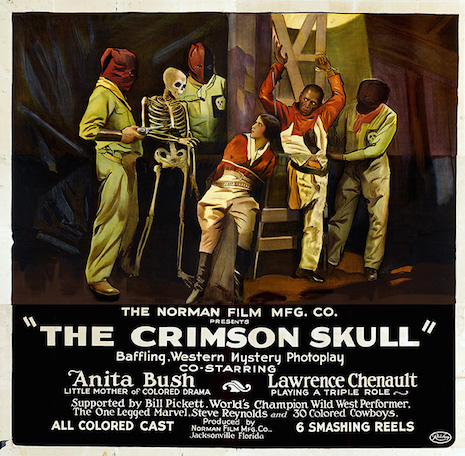
The Exile, 1931
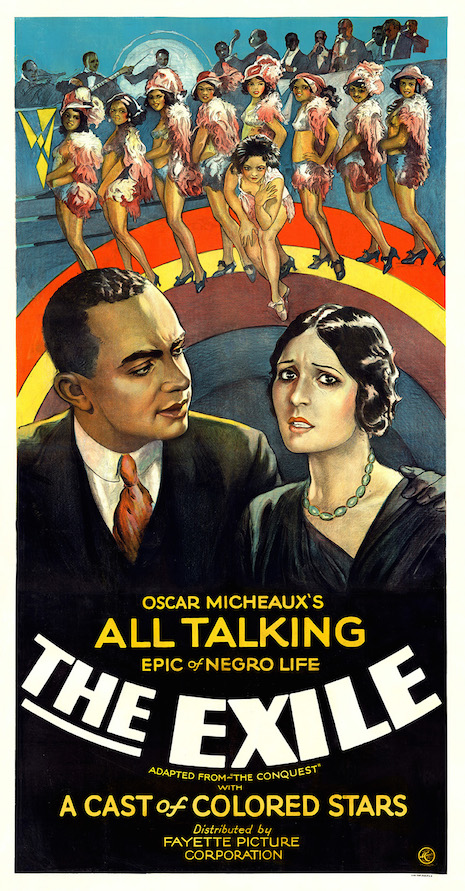
The plot of this movie involved an interracial love affair, a subject so incredibly taboo that some posters did not feature a printer’s logo in order to avoid association with the film.
The Flying Ace, 1926.
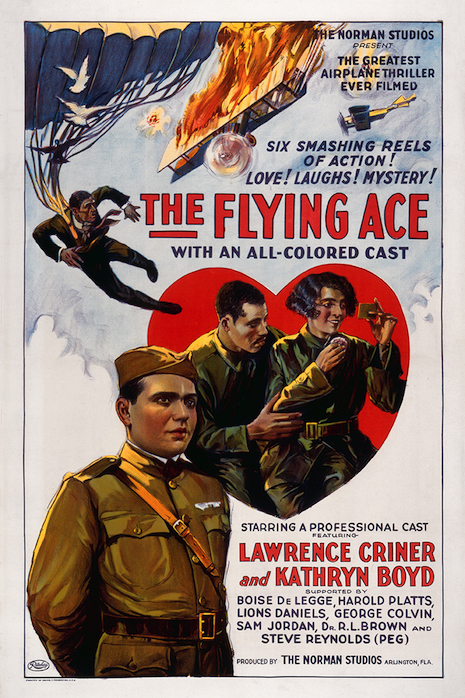
A veteran, World War I fighter pilot returns home as a war hero and immediately regains his former job as a railroad company detective.
The Green-Eyed Monster, 1921
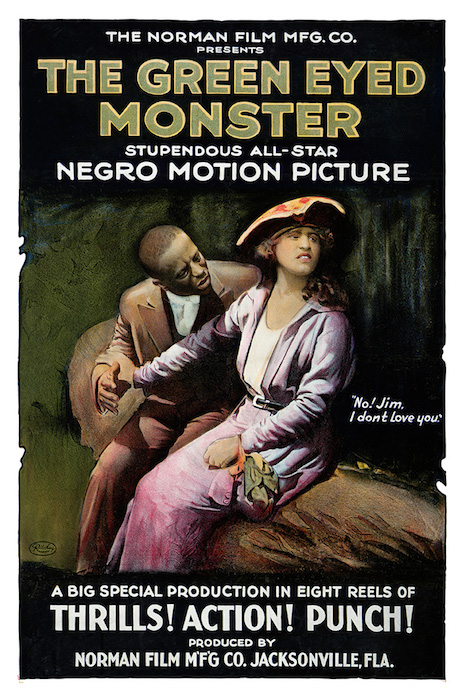
A remake of an all-white love drama set in the railroad industry.
